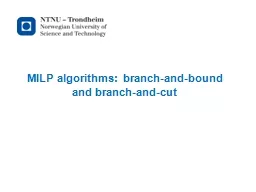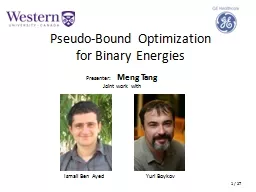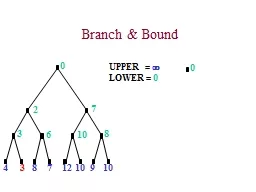PPT-MILP algorithms: branch-and-bound and branch-and-cut
Author : lindy-dunigan | Published Date : 2017-09-15
Content The BranchandBound BB method the framework for almost all commercial software for solving mixed integer linear programs Cuttingplane CP algorithms BranchandCut
Presentation Embed Code
Download Presentation
Download Presentation The PPT/PDF document "MILP algorithms: branch-and-bound and br..." is the property of its rightful owner. Permission is granted to download and print the materials on this website for personal, non-commercial use only, and to display it on your personal computer provided you do not modify the materials and that you retain all copyright notices contained in the materials. By downloading content from our website, you accept the terms of this agreement.
MILP algorithms: branch-and-bound and branch-and-cut: Transcript
Download Rules Of Document
"MILP algorithms: branch-and-bound and branch-and-cut"The content belongs to its owner. You may download and print it for personal use, without modification, and keep all copyright notices. By downloading, you agree to these terms.
Related Documents














